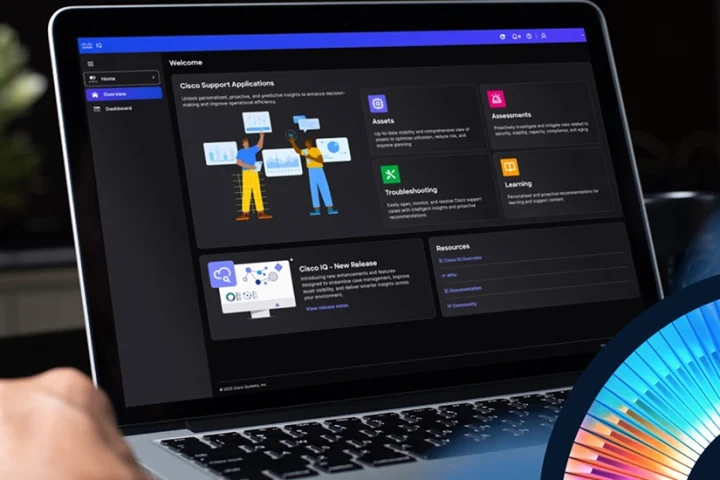The first wave of cloud saw organisations sprint to the cloud, lured by promises of cost savings and business agility. This was followed by the emergence of the multi-cloud and the subsequent significant repatriation of workloads to on-premises, driven by concerns over cost and security. What appears to be happening now is an abrupt shift to the beginning of a fourth wave of cloud adoption. The response to the Covid-19 pandemic changed a lot of enterprise attitudes, one of which was that toward remote working. Another was that toward public cloud. Just about every survey out there now says the market is full steam ahead on cloud migration.
A recent survey commissioned by DevOps automation specialist Codefresh found that COVID-19 is prompting a reconsideration of on-premises infrastructure strategies. The survey found that 58% of those polled are moving some infrastructure to the cloud in response to the pandemic. Of those, 17% are planning to move their entire software stack to the cloud.
Cloud has been and continues to be used as an umbrella term for several different models, and one of those is SaaS. One of the reasons we specifically separate SaaS from other types of cloud, IaaS and PaaS, in our annual research is because SaaS tends to skew the view of the entire market. SaaS migration has accelerated since the outbreak of Covid-19. There is no doubt about that. This includes all the usual suspects of reducing instances of packaged software by adopting a SaaS equivalent as well as a shift toward IT management via SaaS.
We, too, are seeing a shift in customer preferences toward SaaS for packaged software that has traditionally been deployed on-premises. There’s also a movement to migrate custom apps for those business functions that now have SaaS equivalents. The driver behind these migrations is two-fold: reducing IT operating costs and freeing up resources to focus on producing value.
So, that said, is cloud sans SaaS migration accelerating? I’m not convinced. I think cloud adoption is accelerating, not necessarily wholesale migration i.e., workload migration. The distinction between migration and adoption is important. Migration implies the movement of an existing resource from one location to another. Given the investments and data gravity in existing traditional applications and surveys that make the distinction clear, it is highly unlikely most organisations are moving wholesale to the public cloud.
Rather, what these surveys appear to be uncovering is the effects of accelerating digital transformation initiatives. Cloud adoption will necessarily increase, as it is often the best possible location for the applications and APIs needed to modernise applications and fully participate in the soon-to-be dominant digital economy. Remember, app modernisation is not a synonym for rewrite a monolith as microservices. It means modernising access to an application by extending, augmenting, and integrating an existing traditional application with modern components. Are those often microservices? Yes. But core systems, the ones running critical and often unique business functions, are still likely to be on-premises.
So, will cloud be getting a boost in the post-Covid world? Yes. Absolutely. Are enterprises migrating en masse to the cloud? I don’t see that happening, at least not yet. What I do see is the fourth wave of cloud adoption coming, driven primarily by an urgent need to get more of the business in the digital realm.
By Lori MacVittie, Principal Technical Evangelist, Office of the CTO at F5.

























